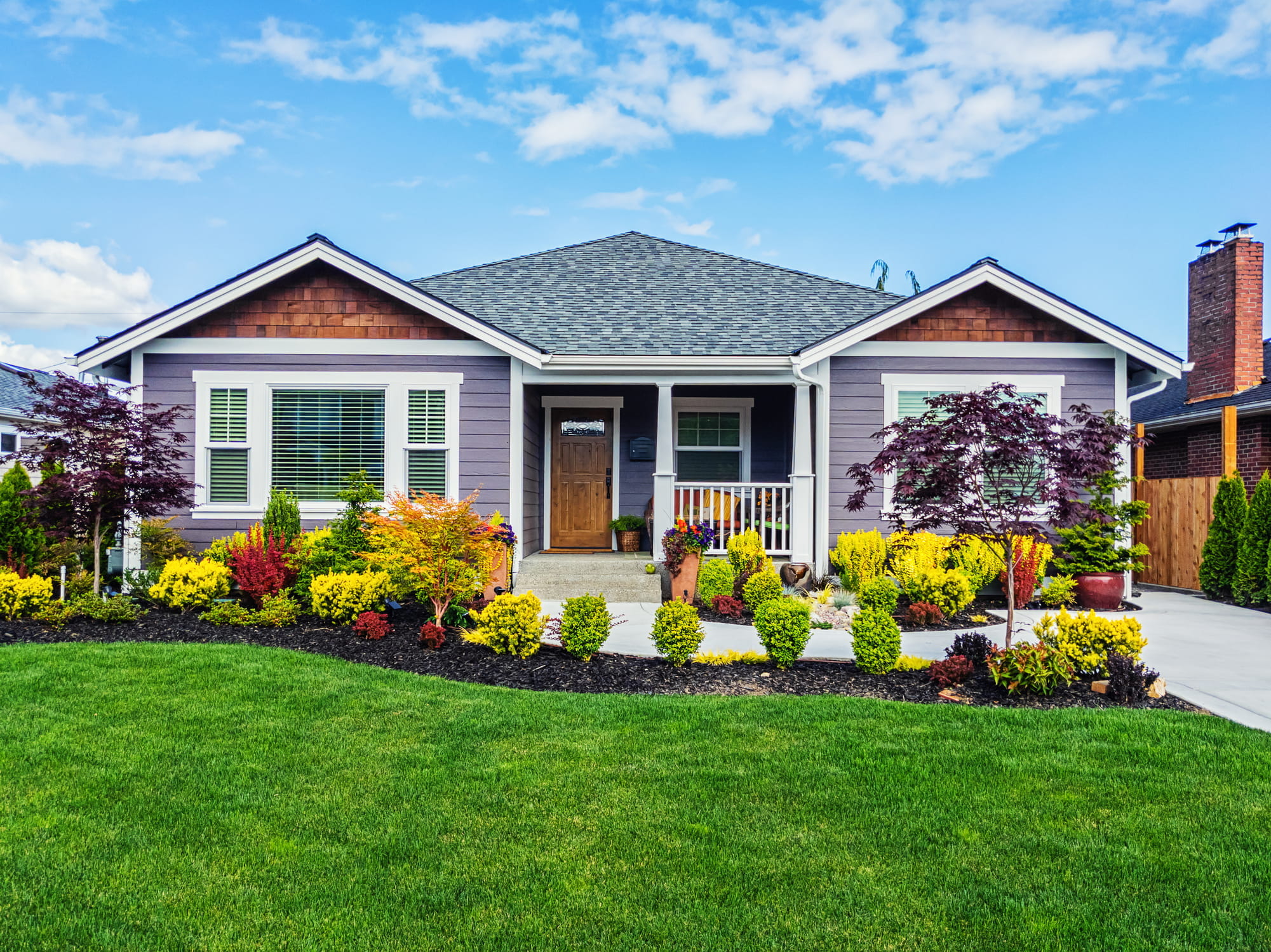Research Brief
Homeownership Trends
November 2025

Formidable Barriers to Buying a Home
Underpin Recent Multifamily Performance
Higher alternative costs keep households renting. One recent trend supporting multifamily housing demand has been the decline in renters migrating into homeownership.
- The median age of first-time homebuyers in 2025 was 40, up from 38 last year. In 2022, the age was 36.
- From 1993 to 2018, the median age of first-time buyers ranged from 30 to 32.
- Elevated interest rates and rising home prices have been driving this upward trend.
- The average fixed rate on a 30-year mortgage as of mid-November was 6.3 percent. From 2011 to 2020, the mean ranged from 3.5 percent to 5.0 percent.
- The median price of a single-family residence this year was about $421,000. In January 2020, the median was $283,000.
- When the average mortgage rate dropped to 2.7 percent in early 2021, it sparked a surge in homebuying, driven by millennials in their 30s, prime years for family formation.
- Home sales hit 5.8 million annualized in late 2020, a 14-year high, which in turn pushed up prices.
- Tighter monetary policy began to erode that momentum.

Elevated mortgage rates form barrier. The hot housing market started to cool in 2022 as the Federal Reserve began raising the overnight lending rate from a zero-percent lower bound.
- Mortgage rates also climbed, tapering sales and leveling out home-price appreciation.
- After climbing 40 percent in two years, prices have increased by a modest 5 percent since 2022.
- High home prices, together with elevated mortgage rates, have formed a barrier to homeownership
- Freddie Mac estimates that only 28 percent of U.S. households could qualify for a mortgage on a median-priced home.
- The typical mortgage payment on a median-priced home is about $1,200 higher per month than the average apartment rent, a gap that few households are willing or able to bridge.
Home prices benefit apartments, challenge some retailers. Today's substantial affordability gap has boosted the retention rate of multifamily renters, with implications for that sector and some retailers.
- The record net absorption observed in 2024 and the first half of 2025 was driven in large part by these housing cost dynamics.
- At over 55 percent, lease renewals are at a proportional rate above the long-term average of about 49 percent
- Declining construction for both single and multifamily housing suggests home prices are unlikely to compress meaningfully, reinforcing the near-term rental-demand outlook.
- The drop in home sales, however, has impacted home-related products, which make up about 7 percent of total retail sales.
- Inflation-adjusted sales for home-related products peaked in early 2021, about the same time as the single-family market, and have since fallen by more than 20 percent.
- Nevertheless, vacancy at lifestyle and power centers remained at just 4.7 percent in the third quarter, aligning with the aggregate vacancy rates for grocery-anchored centers, unanchored centers, and single-tenant assets.
* Through October
Sources: Marcus & Millichap Research Services; CoStar Group, Inc.; Federal Reserve; Freddie Mac;
National Association of Realtors; RealPage, Inc.; U.S. Census Bureau
TO READ THE FULL ARTICLE

